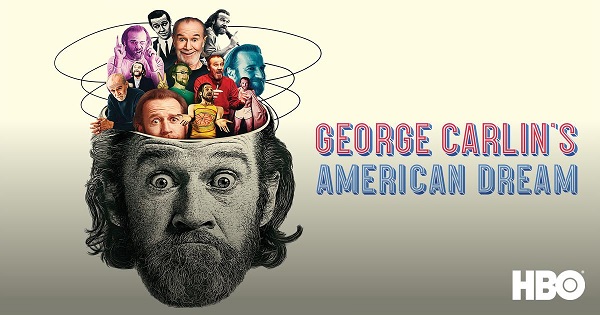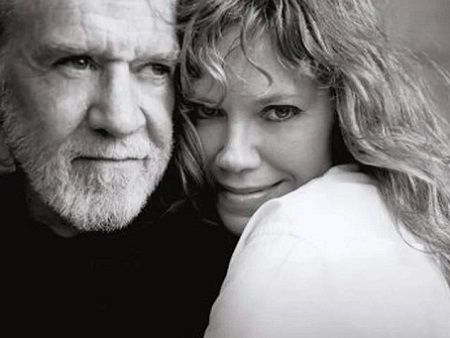As the calendar says that we enter fall for another year, the feeling of warmth and glow that I gather from movies that mirror a similar warm sentiment brings me to today’s movie. Directed by Marielle Heller, the movie A Beautiful Day in the Neighborhood (2019) brings nostalgia and warmth to biographical drama, while done in a way that honors the Fred Rogers sensibilities that Mister Rogers’ Neighborhood (1968-2001) brought to television many years ago.

The movie A Beautiful Day in the Neighborhood opens with the traditional setting of a Mister Rogers’ Neighborhood episode by introducing Fred Rogers, as portrayed by Tom Hanks, returning home to change his shoes, put on a new sweater and introduce the audience to the central lesson on coping with feelings that will be the central story that helps share the essence of what the Mister Rogers program was. This approach would introduce us to Lloyd Vogel, an Esquire magazine writer known for cynicism in what he writes.

Matthew Rhys portrayed Lloyd Vogel, who is married to his attorney and the mother of his son. Susan Kelechi Watson portrayed Andrea Lloyd, with three babies portraying Gavin Vogel, the couple’s son. Lloyd’s editor for Esquire magazine, Ellen as portrayed by Christine Lahti, assigns him to write a piece on Fred Rogers. Thus, we are introduced to the emotional lessons that will sustain the biographical drama unfolding with the movie.

We learn with a little backstory that Lloyd has experienced hard feelings with his father ever since the death of Lloyd’s mother, who was the first wife to Jerry Vogel. Jerry Vogel, as portrayed by Chris Cooper, didn’t particularly cope with the illness, death and aftermath of his wife’s death particularly well. The residual hard feelings boiled over at the wedding of Lorraine Vogel to her husband, Todd. Tammy Blanchard and Noah Harpster portrayed Lorraine and Todd, respectively.

Jerry’s presence at the wedding, along with much history before and after the events that occurred there, led Andrea to intervene with her husband and father-in-law for the well-being of the family. The unresolved feelings that lingered introduced some of the magic of storytelling that revealed the strength of the example that Fred Rogers, with the assistance of his wife, Joanne Rogers and his producer, Bill Isler. A reconciliation and resolution to past pain was the order of the day, with an article by Lloyd without cynicism landing in Esquire magazine. Enrico Colantoni and Maryann Plunkett portrayed Bill Isler and Joanne Rogers, respectively.

The story told in the movie A Beautiful Day in the Neighborhood felt like a warm, comfortable blanket. The nostalgia of the experience combined with the emotional healing underneath the message dramatized the better nature of what the franchise of Mister Rogers’ Neighborhood had to offer. The creativity of this approach in helping land the special place that the movie has for people landed well. I give A Beautiful Day in the Neighborhood as directed by Marielle Heller 3.75-stars on a scale of 1-to-5.
Matt – Wednesday, September 21, 2022






